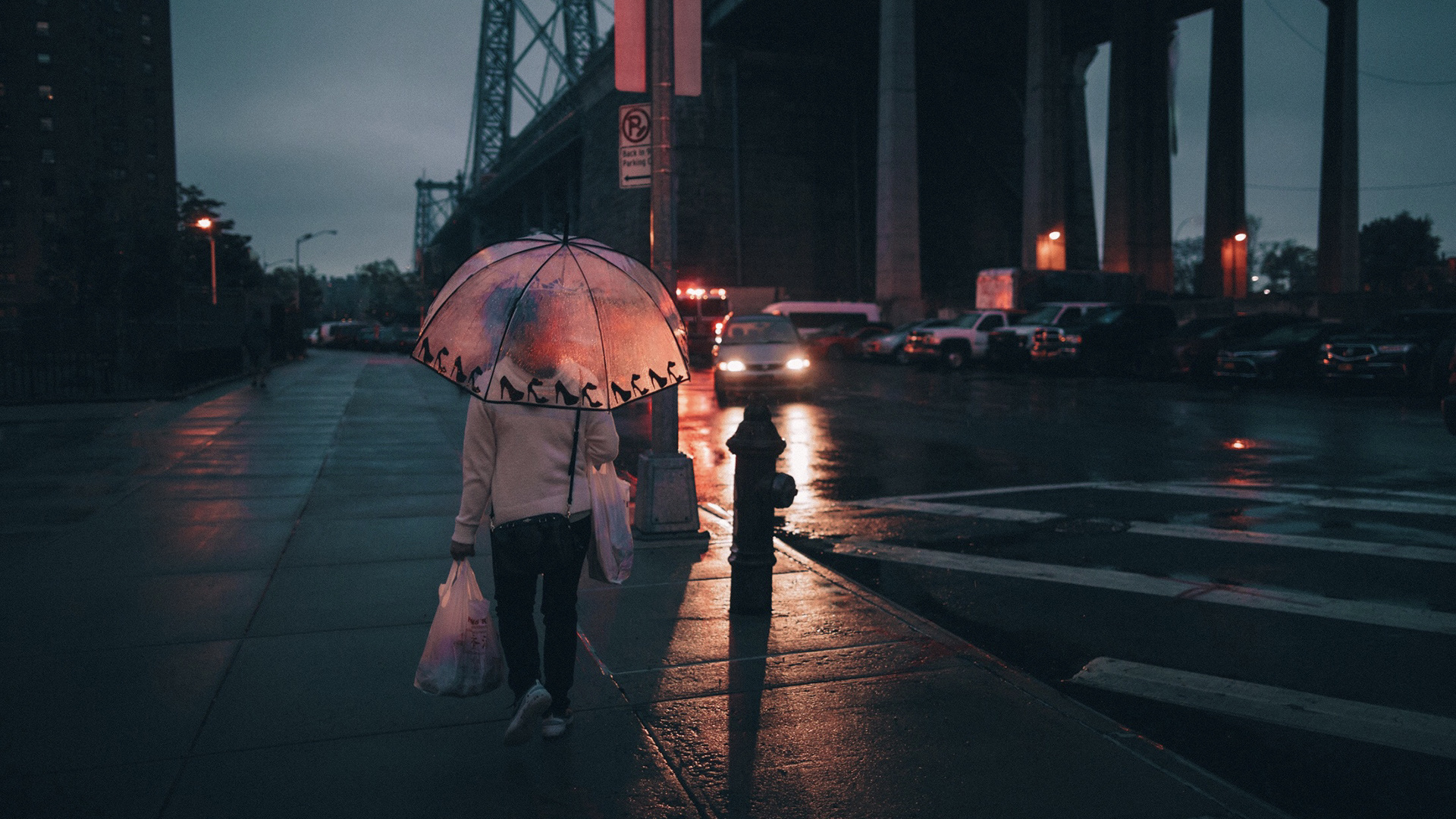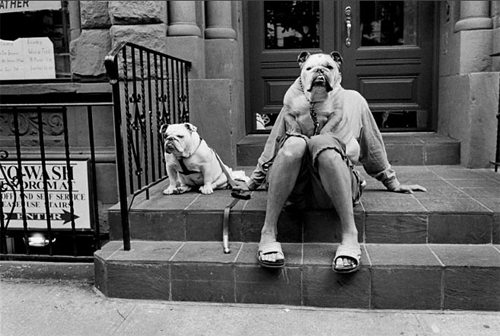Little Known Questions About Street Photographers.
Table of Contents4 Easy Facts About Street Photographers ExplainedSee This Report about Street PhotographersNot known Facts About Street PhotographersA Biased View of Street Photographers3 Simple Techniques For Street Photographers
, a style of digital photography that records daily life in a public place. The very publicness of the setting allows the photographer to take candid pictures of complete strangers, usually without their understanding. Street photographers do not always have a social purpose in mind, yet they like to separate and catch minutes which might or else go undetected.He was affected by several of those that influenced the street digital photographers of the 1950s and '60s, he was not mainly interested in catching the spirit of the road., that functioned side by side with photographers attempting to catch the essence of urban life.
As a result of the fairly primitive technology available to him and the long direct exposure time needed, he had a hard time to capture the pressure of the Paris roads. He explored with a series of photographic techniques, attempting to locate one that would certainly enable him to catch activity without a blur, and he discovered some success with the calotype, patented in 1841 by William Henry Fox Talbot. While the professional photographers' subject was basically the same, the results were significantly different, showing the effect of the professional photographer's intent on the character of the photos he produced.
All About Street Photographers
Given the great quality of his photos and the breadth of product, designers and musicians frequently purchased Atget's prints to use as referral for their own work, though commercial interests were rarely his primary inspiration. Instead, he was driven to photo every last remnant of the Paris he loved. The mingled passion and seriousness of his goal luster through, leading to pictures that narrate his own experience of the city, qualities that expected street digital photography of the 20th century.

Unlike his peers, Brassa utilized a larger-format Voigtlnder camera with a much longer direct exposure time, requiring him to be extra calculated and thoughtful in his practice than he might have been if using a Leica.

The 6-Minute Rule for Street Photographers
It is due to this essential understanding of the art of picture taking that he is typically attributed with rediscovering the medium throughout again roughly a century since its creation. He took pictures for greater than a half century and affected generations of photographers to trust their eye and instinct in the minute.
These are the questions I shall try to respond to: And afterwards I'll his explanation leave you with my own definition of street digital photography. Yes, we do. Let's kick off with defining what an interpretation is: According to it is: "The act of specifying, or of making something definite, unique, or clear".
No, definitely not. The term is both restricting and deceiving. Appears like a street photography must be images of a streets ideal?! And all street professional photographers, other than for a little number of outright newbies, will totally value that a road is not the crucial part to road photography, and actually if it's a picture of a street with maybe a few dull people doing absolutely nothing of rate of interest, that's not road digital photography that's a photo of a street.
The Only Guide for Street Photographers
He makes a valid point do not you think? Nevertheless, while I concur with him I'm not sure "candid public digital photography" will capture on (although I do kind of like the term "candid digital photography") due to the fact that "road photography" has been around for a long period of time, with numerous masters' names connected to it, so I believe the term is right here to stay.
Inside?! I hear you yell as you shake your fist to the skies. Why not? You can contend the coastline, at a festival, in a street, in a park, in a piazza, in a cafe, at a museum or art gallery, in a metro terminal, at an event, on a bridge, under a bridge ...
Yes, I'm worried we have no selection! Without guidelines we can not have a meaning, and without a definition we don't have a category, and without a genre we don't have anything to specify what we do, and so we are read the article embeded a additional hints "policies definition genre" loophole! And no-one intends to obtain embeded a loophole. - Street Photographers
